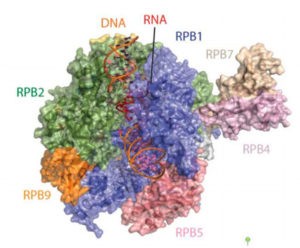About 4H Leukodystrophy
4H Leukodystrophy is a rare disease of the central nervous system. The name 4H stands for Hypomyelination, Hypogonadotropic Hypogonadism and Hypodontia. The disease is also known as POLR3-Related Leukodystrophy or 4H Syndrome.

4H Leukodystrophy belongs to a larger group of conditions called leukodystrophies. These diseases affect the white matter of the brain and damage the myelin sheath, which surrounds and protects the nerve cells in the brain and spinal cord and assists with transmission of messages between cells. Hypomyelination—along with hypodontia and hypogonadotropic hypogonadism—is a common sign of a leukodystrophy, and this means that the body is unable to produce these myelin sheaths at normal levels.
Right now, there is no targeted therapy or cure for 4H Leukodystrophy. Symptoms are treated and managed with supportive care. Researchers are actively searching for new possibilities to treat the disease directly.
The Yaya Foundation is dedicated to finding treatments and a cure for 4H Leukodystrophy by funding and connecting critical research efforts and to providing education, support and advocacy for children and families living with 4H Leukodystrophy today.
